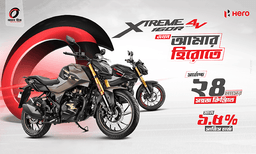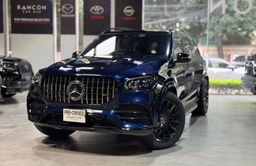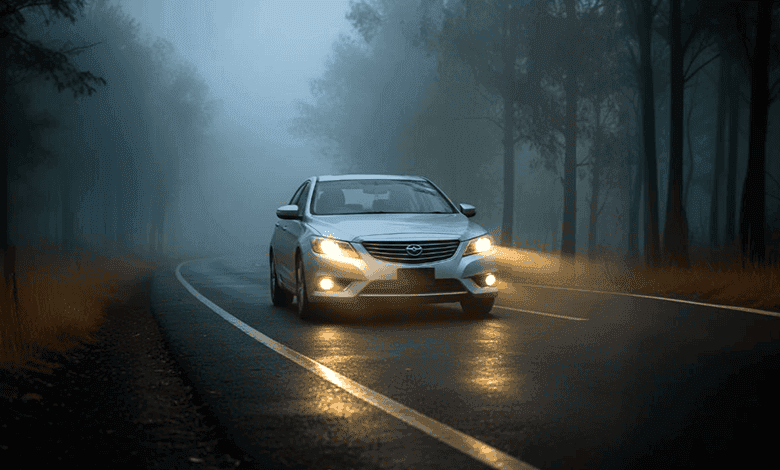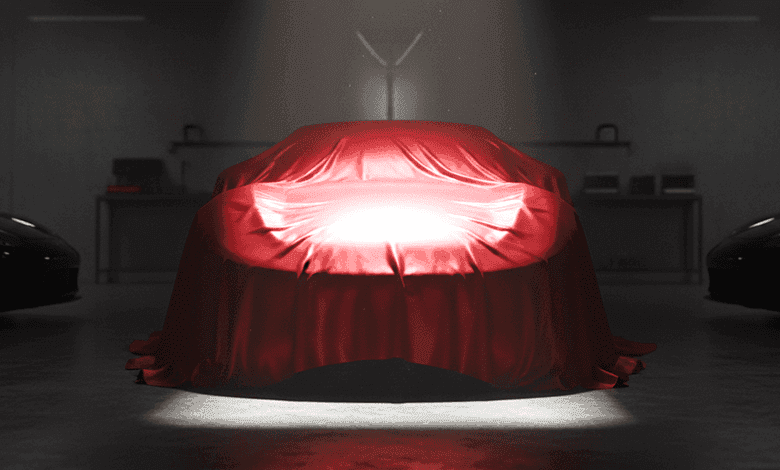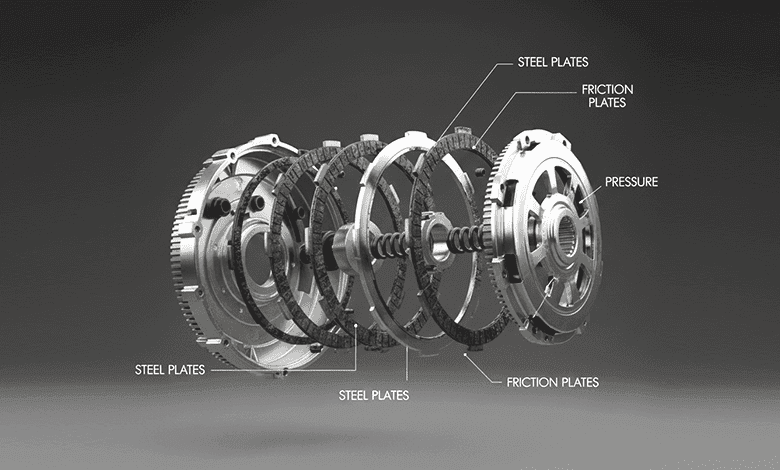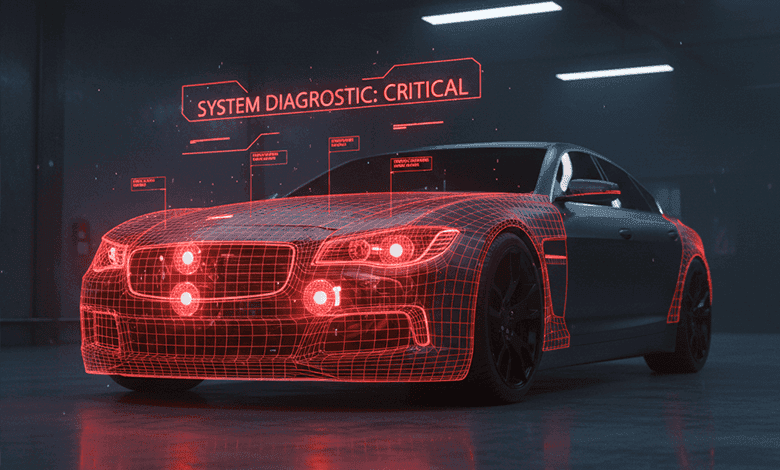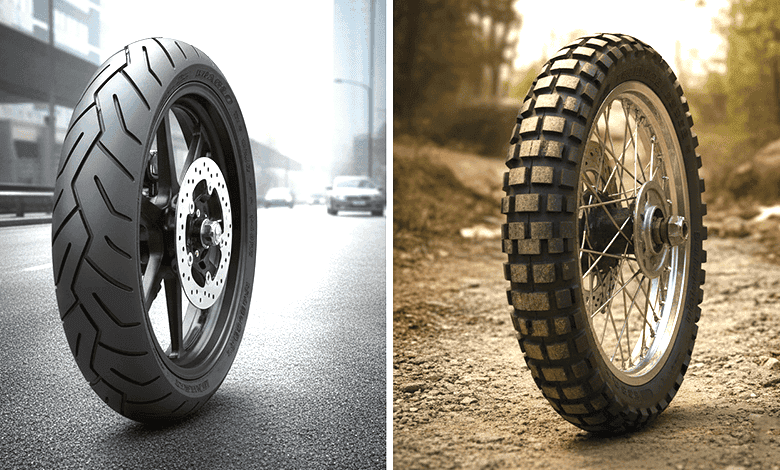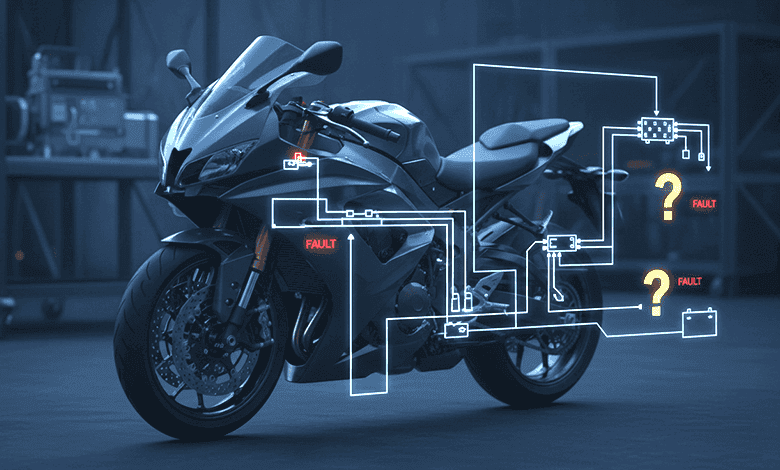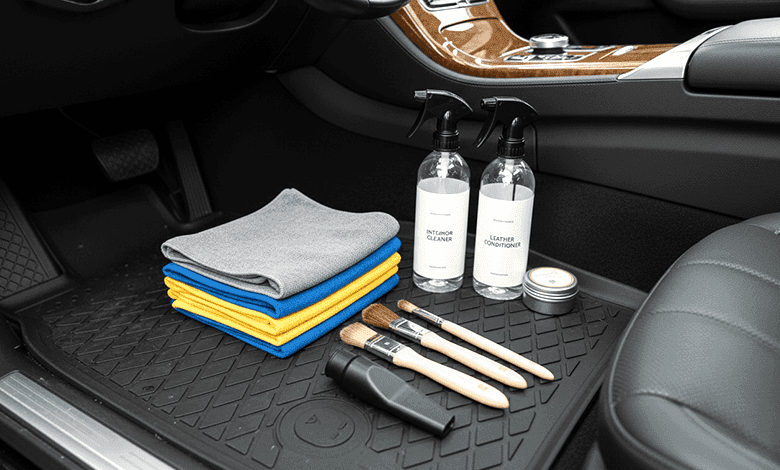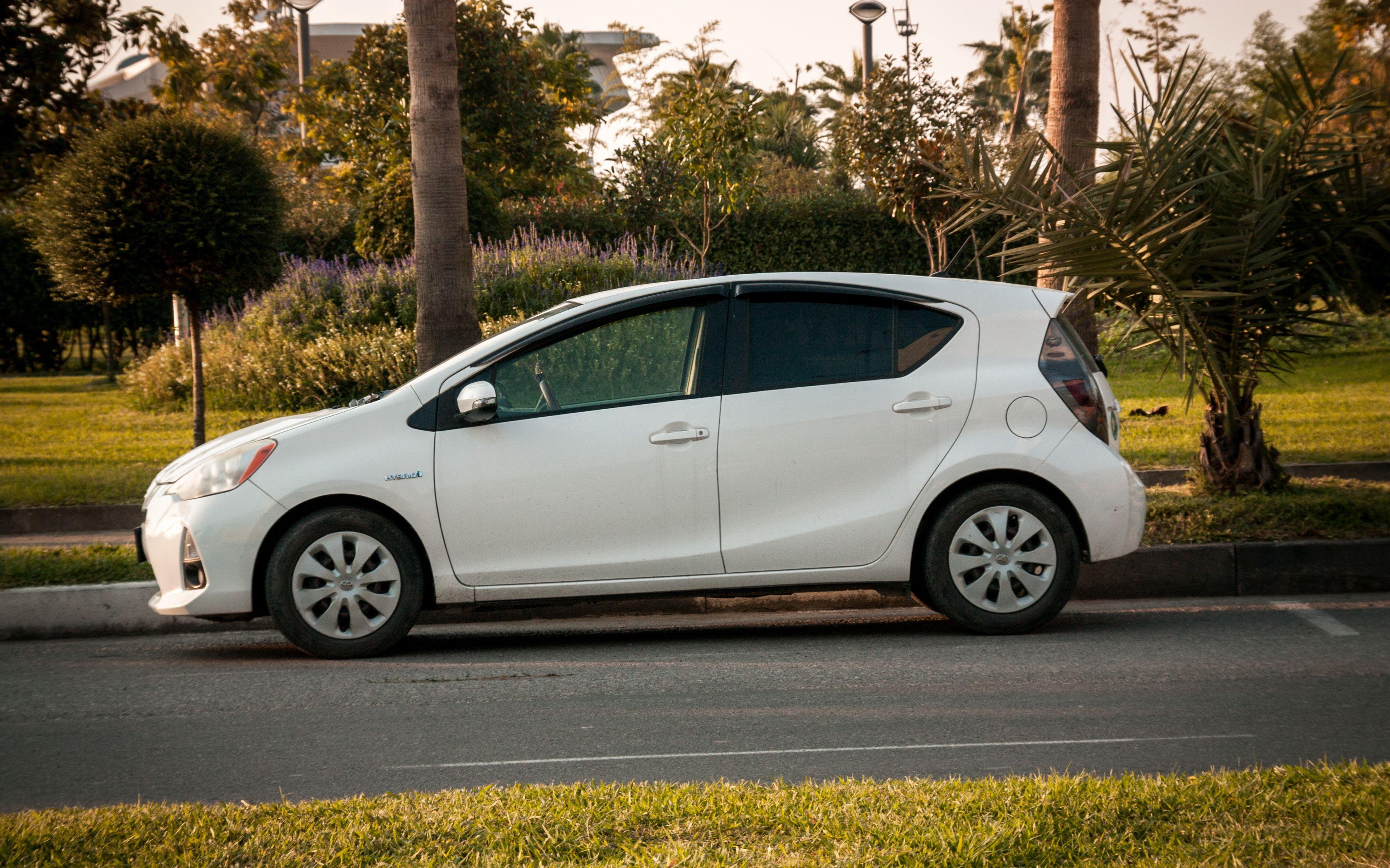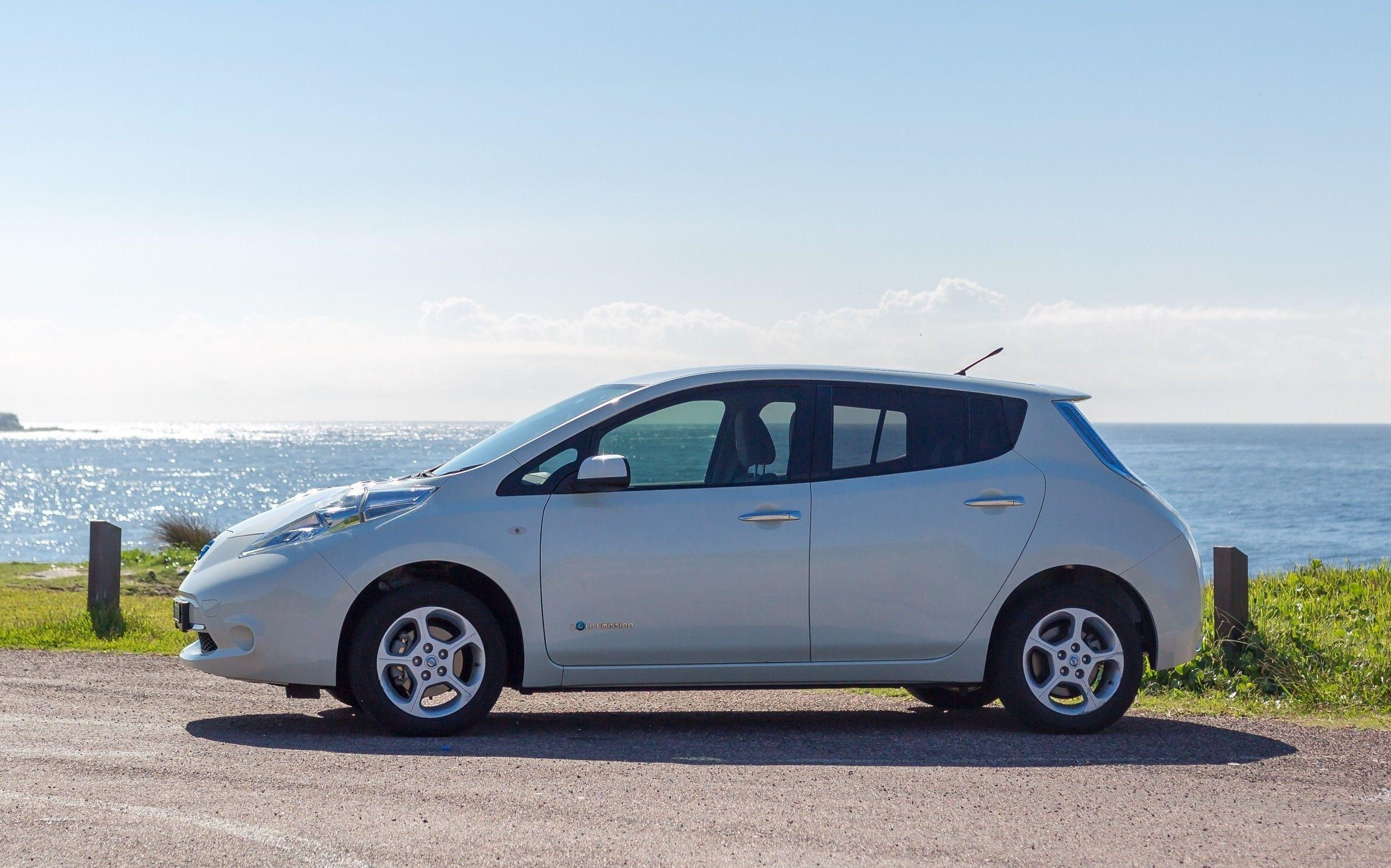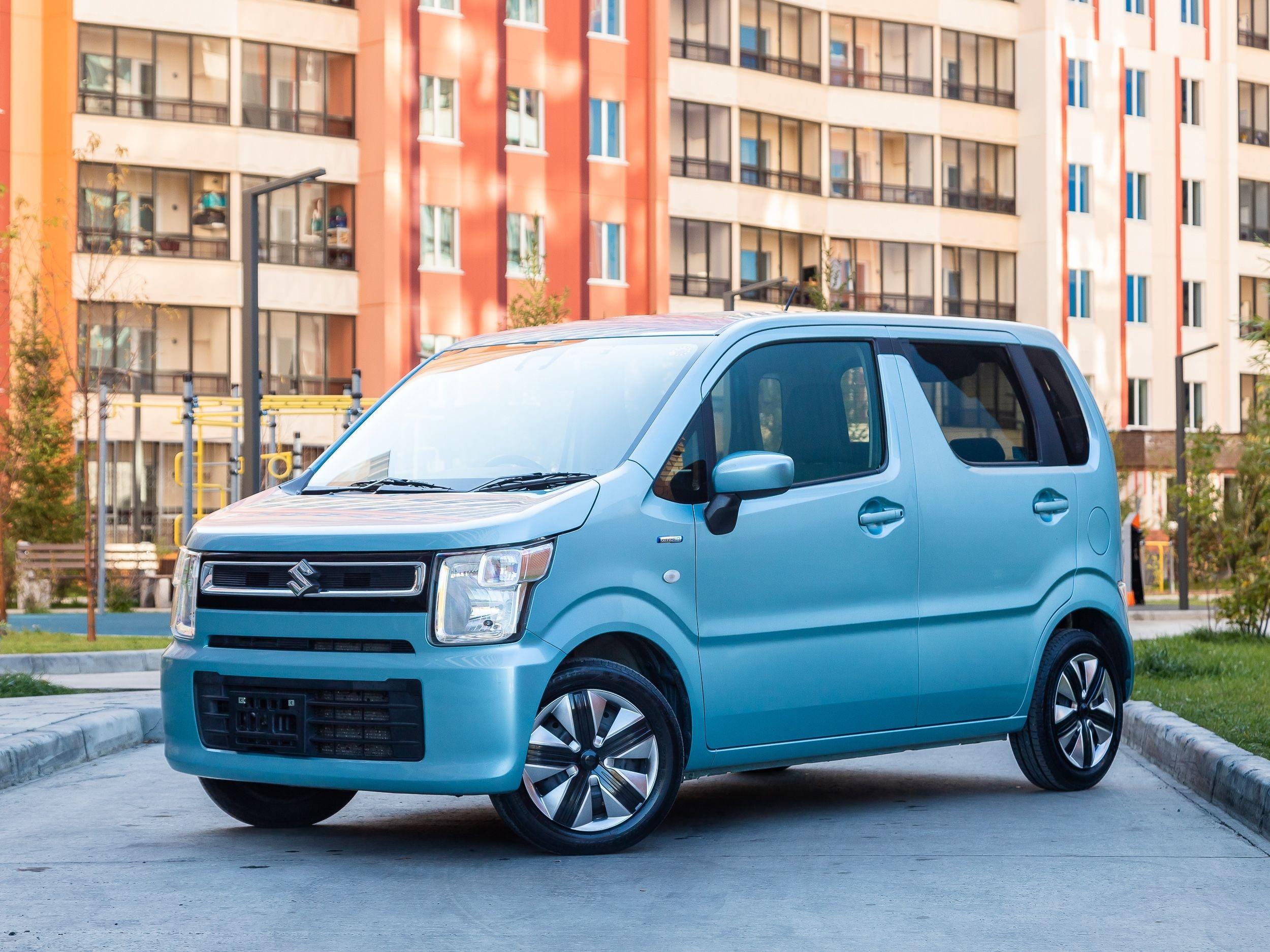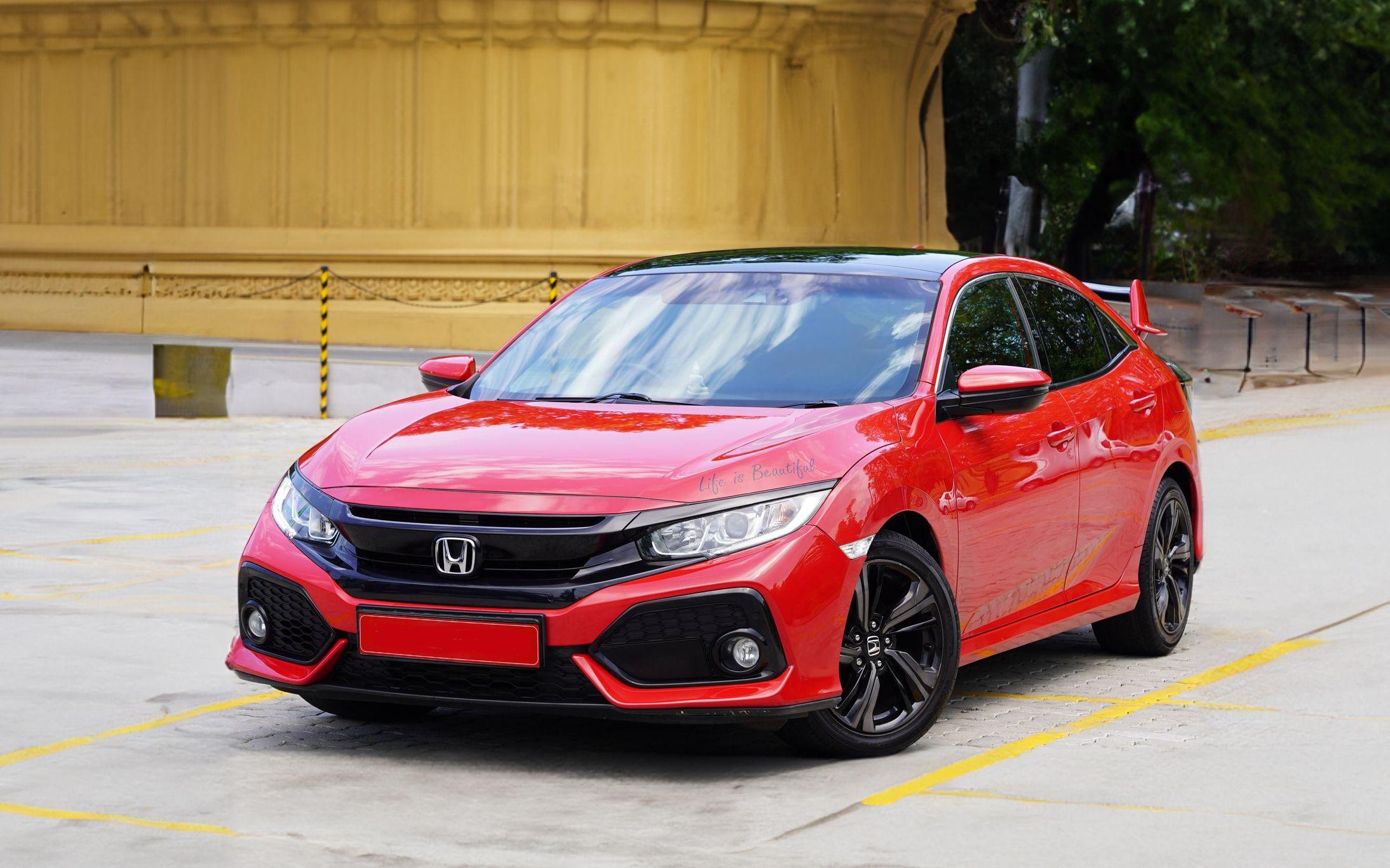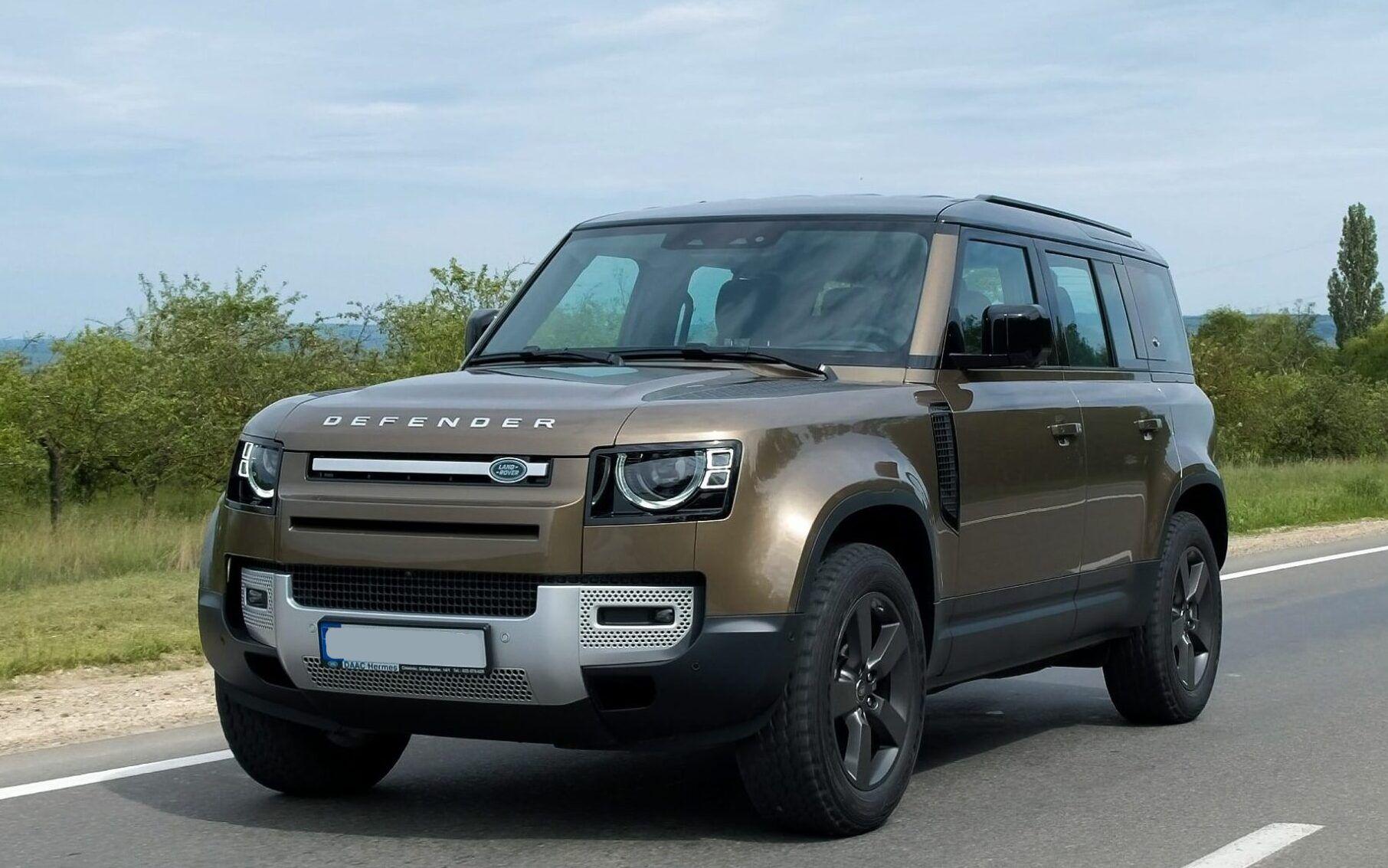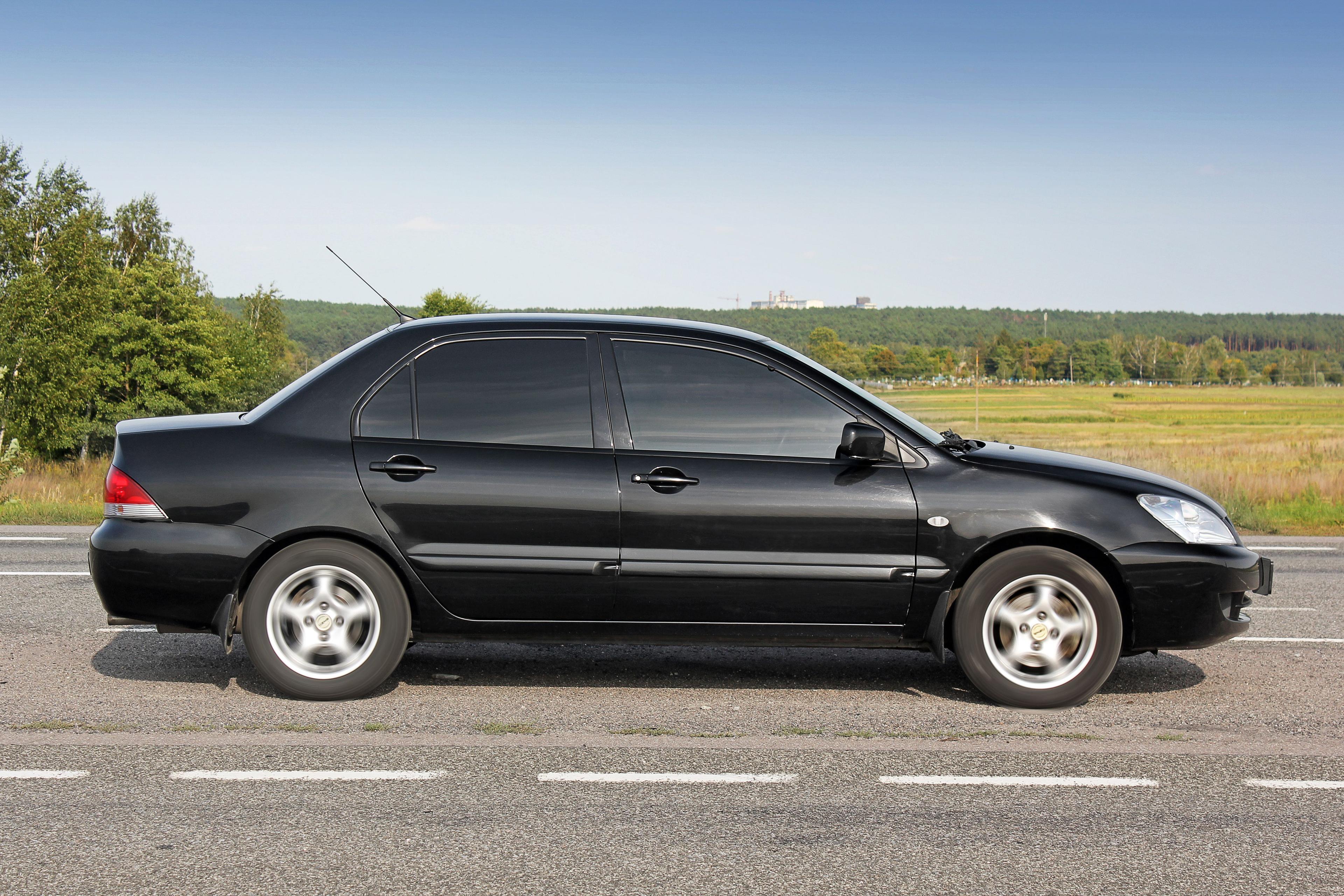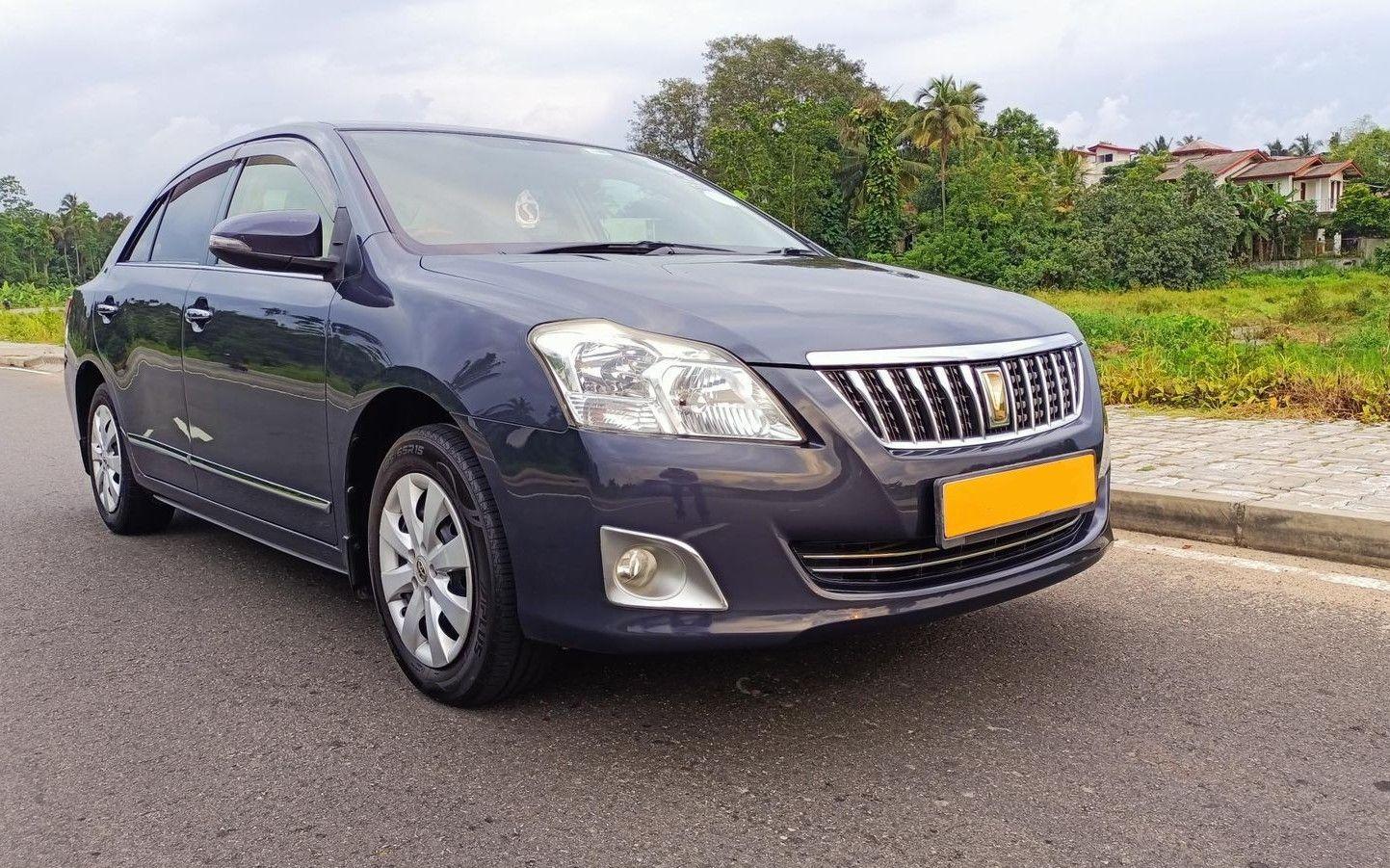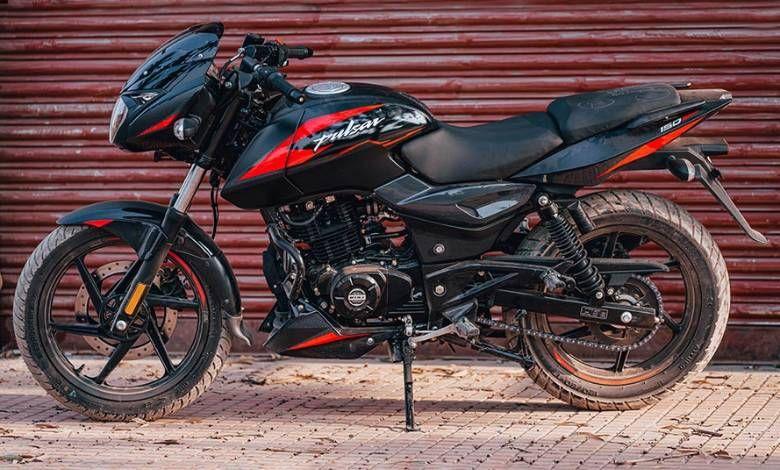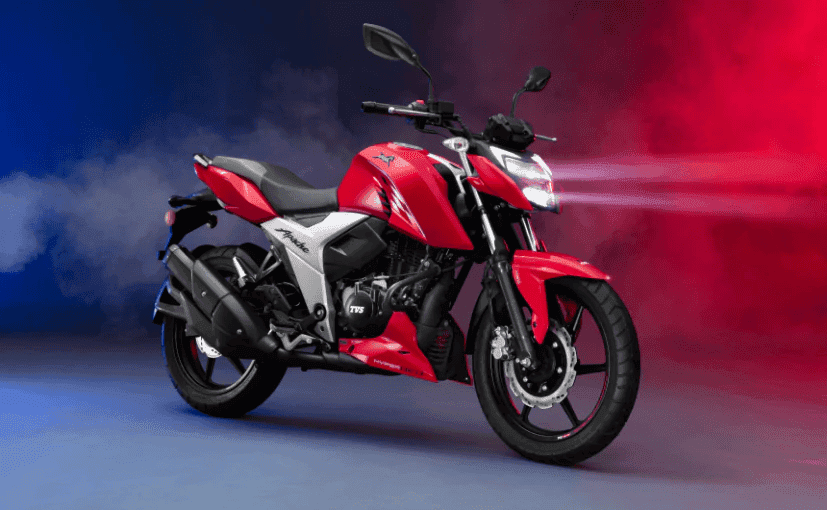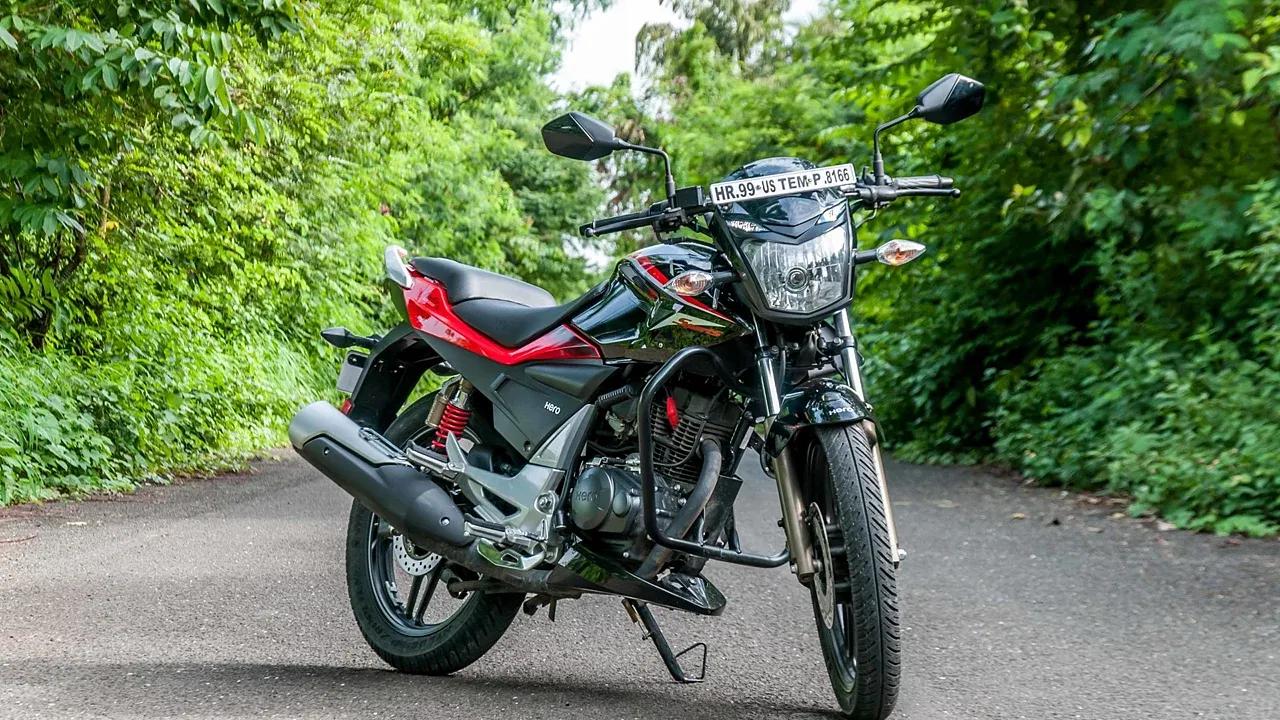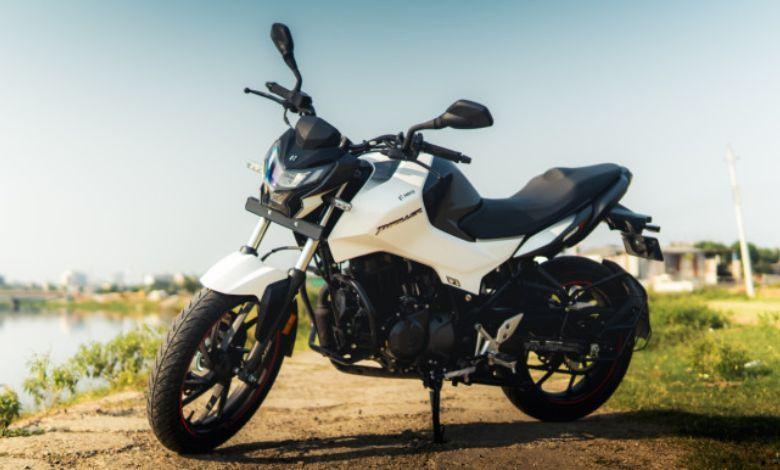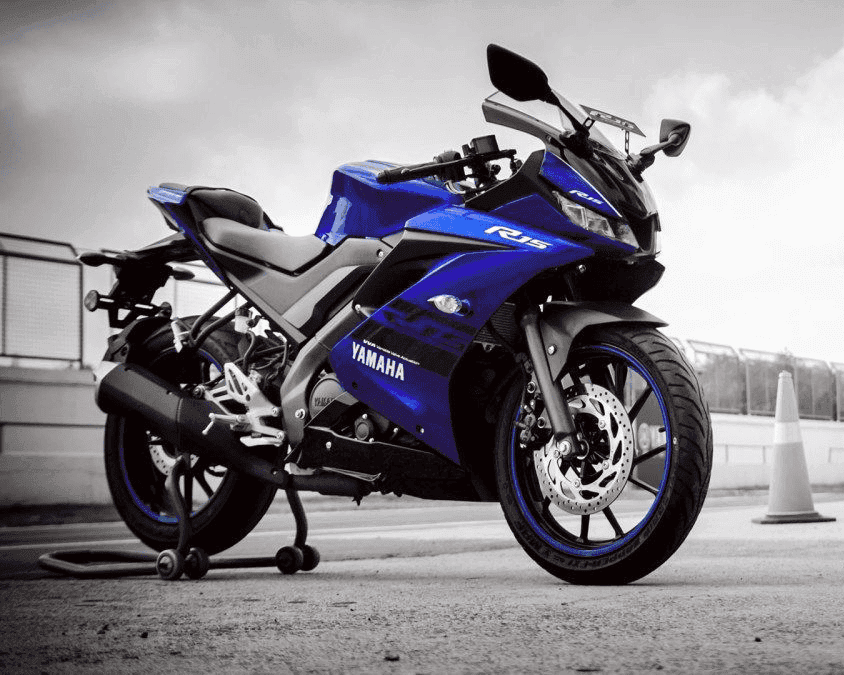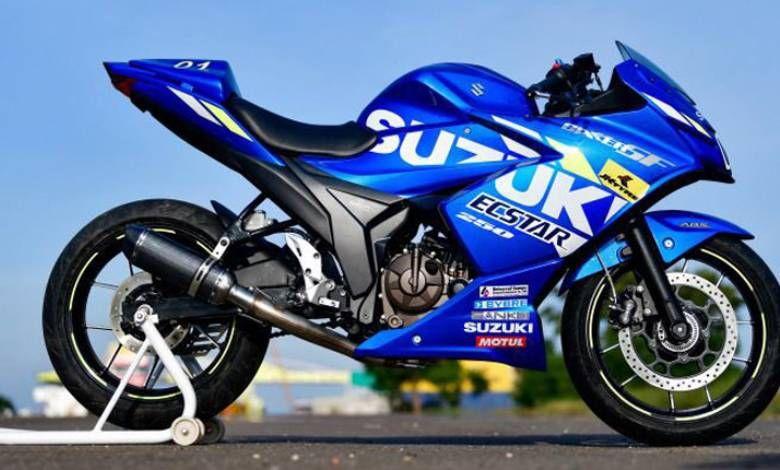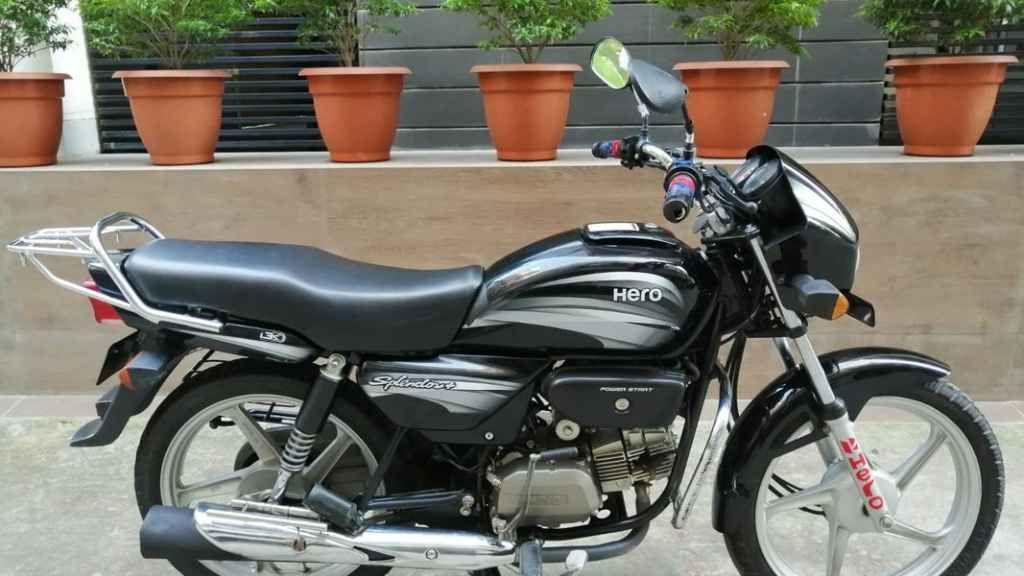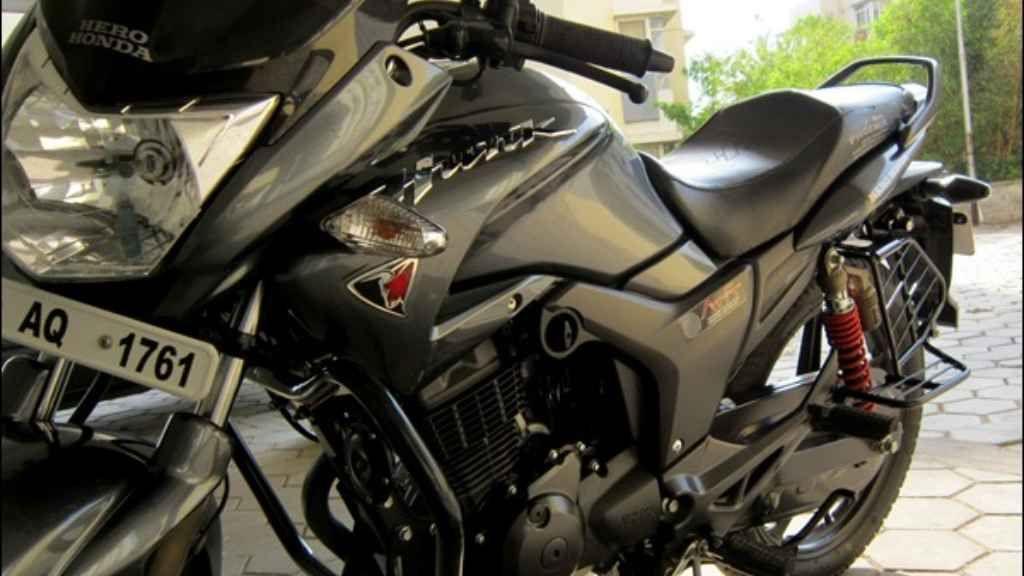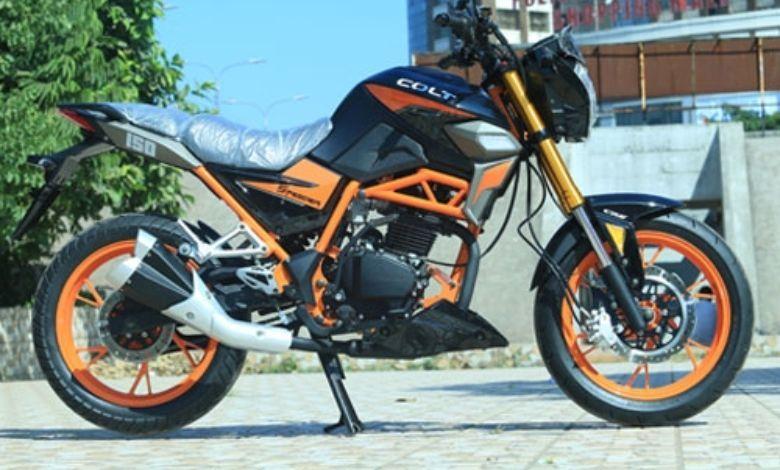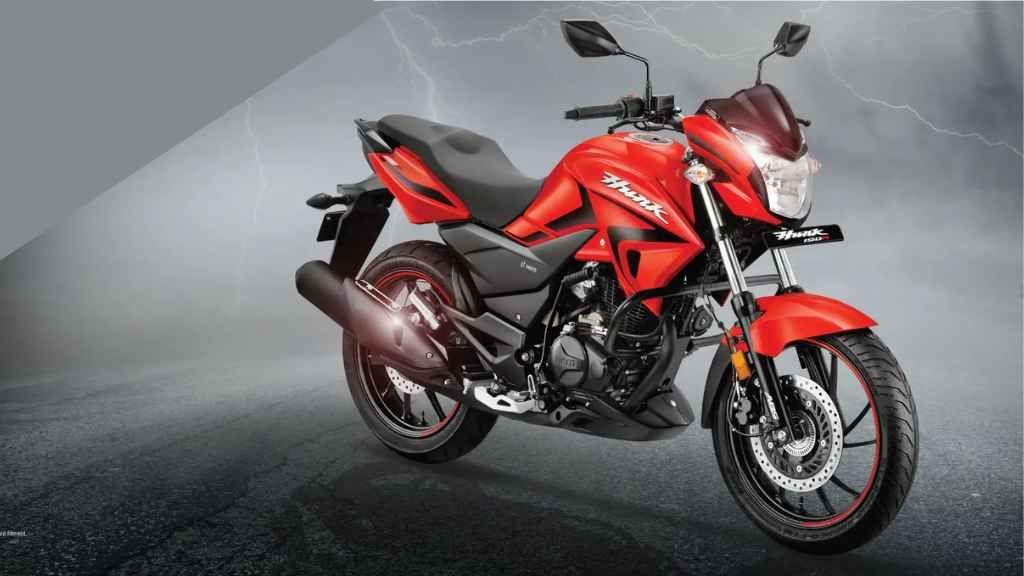Common Motorcycle Headlight Problems and Solutions
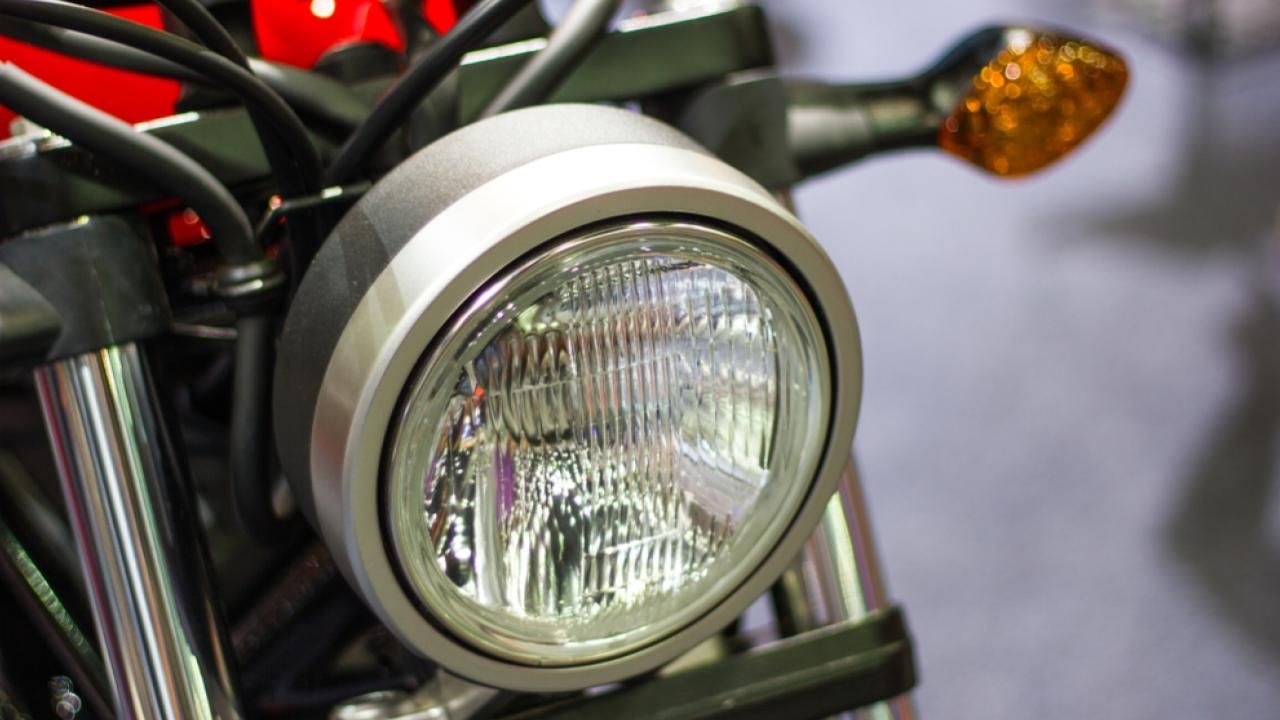
Whether day or night, it's crucial for a bike's headlight to always function properly. In our country, traffic police often stop people and issue fines due to headlight issues. Moreover, regardless of bike prices, a non-functional headlight is extremely dangerous. Sometimes we think replacing the bulb will fix the headlight problem, but the issue persists. In such situations, it's necessary to check the motorcycle's electrical circuit and have it repaired by a professional mechanic. If your bike's headlight isn't working correctly, then today's report is for you. Today, we will learn what causes headlight problems and how to solve them.
How a Bike's Headlight Works
Initially, headlights on cars or any vehicles were essentially flames lit by acetylene gas inside a glass casing. From this medieval design, headlights have advanced significantly with technology. Now, we use halogen or LED bike headlights powered by battery-operated electrical circuits. On most bikes, the headlight turns on as soon as the ignition key is turned. In this case, the headlight switch allows you to adjust the light intensity or choose different modes. The headlight circuit starts with the battery, and electricity reaches the light through wires. Sometimes, a relay is used to bring the correct amount of electricity specifically for the bulb. However, many electrical wires do not have a relay. There can be various reasons why your bike's headlight isn't working. Some reasons are listed below:
Bike Headlight Problem: Bad Grounding/Earthing
All motorcycles manufactured worldwide after 1970 are equipped with a type of grounding system called floating ground. One or more ground wires create a path to remove excess voltage flow that could damage the bike's circuit. This new path sends excess charge or voltage to the negative side of the battery. Whenever there is a problem with this grounding system, the electrical current increases or decreases. And when the electrical current decreases, the necessary electricity to power our bike's headlight is not available. As a result, our light's power diminishes or it goes out entirely.
Solution to the Bike Problem
Bad grounding can cause problems in various auto parts of a bike; therefore, it's crucial to check the grounding with a voltmeter when maintaining your bike. To test the grounding of all lights, first, identify all circuits involved with the bike's headlight, turn signals, and tail/brake lights. Connect the red positive probe to the battery and the black negative probe to various points in the circuit and all connectors to test. If low voltage is found at any grounding location, it should be assumed that there is a grounding deficiency in your lighting circuit. It's important to know that the correct battery voltage is between 12.6 and 13.5 volts. The points or connectors where low voltage is found should be replaced with new wires or connectors. This will resolve the bad grounding problem of the bike's headlight.
Bike Headlight Problem: Short in Wire & Bad Connection
The electrical circuit controlling the bike's headlight uses battery-powered wires to connect the headlight. Several connectors are used to relay the electrical current throughout the circuit, and the wires are covered in a protective sheath. If there is a voltage overload in any of these circuits, the connectors and wires in that circuit get damaged. Damaged wires are easy to find because they burn out when current flows higher than normal. Wire connections are usually easy to spot anyway. And if a wire burns, the color of that area gets somewhat damaged, leaving a mark; which can be identified by visual inspection.
Solution to the Bike Problem
Visually inspect the headlight's sheath and connectors thoroughly. If there's a suspicion of a short circuit or connection problem in any wire, but no external damage is visible, use a voltmeter to test the connections. It's very rare for an entire circuit to overload or get damaged simultaneously. So, find out how much area is damaged and replace that specific part. This will also significantly reduce your electrical repair costs when maintaining your bike.
Bike Headlight Problem: Light Shortage Due to Accessory Overload
Like any power source, motorcycle batteries are designed to provide sufficient electricity to the bike. The engineers who design your bike's electrical circuits also set up the batteries. Each bike is ensured to supply power to specific electrical systems using the correct voltage. Now, if you add extra accessories, such as a radio, phone charger, etc., to the bike, it puts a strain on the allocated electricity. Whenever there is a demand from too many load points on this electricity, the amount of electricity allocated for each accessory also decreases. Old-style halogen bulb systems draw much more electricity compared to modern LED lighting. As a result, power shortage in halogen bulbs becomes a significant bike problem. Unfortunately, you cannot increase the battery size even if you want to make space for extra accessories, because then other electrical components, which can only support the power of that specific battery designated for the bike, will face problems.
Solution to the Bike Problem
If you have added new electrical accessories to your bike and suddenly your bike's headlight stops working, take the bike to an authorized professional mechanic for thorough inspection, bike care, and problem-solving. This headlight problem can be resolved by installing a relay in the circuit.
Bike Headlight Problem: Fuse Issues
Similar to cars or trucks, motorcycles use several fuse systems to control electrical flow. A fuse is a foolproof safety device that prevents any electrical system from getting damaged due to overload. In case of excess power or any electrical abnormality, the fuse burns out and disconnects the power supply before excessive current reaches a critical device.
Solution to the Bike Problem
Locate your bike's fuse box and, with the help of the manual, find the fuse connected to the faulty bike headlight. Then remove that fuse and inspect it. Observe whether a small metal piece inside the plastic casing is intact. If the fuse has blown, that metal piece will be disconnected. Fortunately, fuses are quite affordable and easily replaceable. However, this is not a long-term solution. If the lighting circuit's fuse blows repeatedly, it means there might be a more serious bike problem in your electrical connection. In this regard, the help of an experienced professional mechanic should definitely be sought.
Bike Headlight Problem: Bad Relay
A relay is a small transformer that separates the electrical current coming from the battery through several connections and delivers sufficient electricity for the lighting system. If this relay malfunctions, it will not be able to separate the electrical current entering the lighting circuit in specific amounts.
Solution to the Bike Problem
If you suspect a bad relay is behind your bike's headlight not working, test the relay with a voltmeter. Ensure that the voltage reading matches the specific specifications of the lighting circuit according to your bike's model. If the reading is zero or low, then your relay needs to be replaced.
Bike Headlight Problem: Blown Bulb
One of the easiest and most common bike problems encountered during bike maintenance when a motorcycle headlight isn't working is a blown or burnt-out bulb. A bike's headlight, like any light source using a halogen bulb, works similarly. Electrical current excites the flowing molecules within the bulb's filament to produce light.
Solution to the Bike Problem
If the filament is damaged, or if there's any other problem with the bulb (such as cracked glass), then the bulb must be replaced. If only one bulb is damaged in the turn signal, tail light, or bike's headlight, then replacing that specific bulb will suffice. To easily determine if your headlight bulb is burnt out, visually inspect all the bike's lights. It's important to handle the bulb with gloved hands when replacing it; this point should be noted.
Bike Headlight Problem: Incorrect Wattage Bulb
Your bike's lighting circuit is designed to supply a specific amount of power to devices using a determined quantity of electricity. If the wattage is incorrectly specified when ordering a bulb, that bulb will not work properly with your bike's existing circuit.
Solution to the Bike Headlight Problem
The only solution here is to get a bulb of the correct wattage and replace it.


